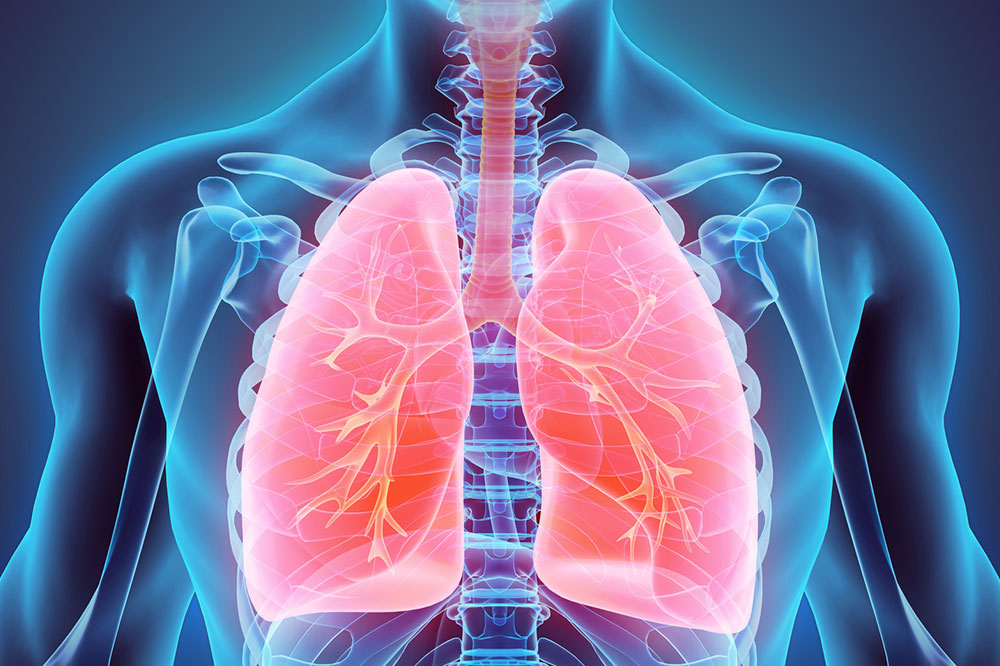Comprehensive Guide to Meningitis: Causes, Symptoms, and Prevention
This comprehensive guide on meningitis covers its causes, symptoms, risks, and prevention. Learn how sudden onset of signs like fever, rash, and headache can indicate this serious condition. Early diagnosis is vital for effective treatment and preventing complications. The article emphasizes the importance of awareness, especially for vulnerable groups and those in crowded environments, to foster prompt medical intervention and save lives.

Comprehensive Guide to Meningitis: Causes, Symptoms, and Prevention
Understanding Meningitis: Essential Information
Meningitis is a severe inflammation of the membranes surrounding the brain and spinal cord, known as the meninges. This condition can develop rapidly and, if ignored, may lead to serious health complications or death. Even in less severe cases, meningitis can cause lasting brain damage. Due to its swift progression, symptoms often appear suddenly, making early detection crucial. Here’s what you need to know about this dangerous disease and its warning signs.
What Is Meningitis and What Causes It?
Meningitis involves swelling of the meninges, the protective layers around the brain and spinal cord. While infections by bacteria and viruses are the primary causes, physical injuries, certain cancers, and drug reactions can also trigger the condition. Infants are especially vulnerable since they cannot communicate symptoms. A key symptom to watch for is a skin rash, but waiting for it to appear can be risky, as symptoms can escalate quickly.
Common Causes
The main culprits behind meningitis are bacteria and viruses. Everyday exposure to various microorganisms can lead to infections, but serious cases occur when these pathogens invade the nervous system—usually through the bloodstream or injury. Bacterial meningitis, notably caused by Neisseria meningitidis, is highly contagious and requires urgent care. Viral meningitis, less severe, peaks in summer and often mimics flu symptoms. Fungal meningitis is rare but can affect immunocompromised individuals.
Bacterial Meningitis
A life-threatening form spread mostly during winter, caused by Neisseria meningitidis. Immediate treatment is essential.
Viral Meningitis
Common and generally less dangerous, it occurs in warmer months. Symptoms resemble the flu, which can delay diagnosis.
Fungal Meningitis
Rare but serious, more likely in those with weakened immune systems, such as HIV or cancer patients.
Recognizing Meningitis Symptoms and Their Significance
Symptoms vary and can be subtle or severe. Early signs include fever with chills, headache, loss of appetite, vomiting, muscle ache, seizures, sensitivity to light, and confusion. Prompt recognition and medical attention are vital for treatment success.
Who Is at Risk?
Meningitis affects all ages but is most common among infants, young children, and older adults over 60. Travel to regions with poor healthcare infrastructure also increases risk.
Is Meningitis Contagious?
Yes. Close contact, such as sharing utensils or living in crowded settings like colleges, facilitates transmission of bacteria and viruses, emphasizing the importance of hygiene and early diagnosis.
Early detection and timely intervention are key to managing meningitis effectively. If you experience symptoms, consult a healthcare professional immediately and undergo appropriate testing. Awareness and prompt action can save lives and prevent long-term complications.










